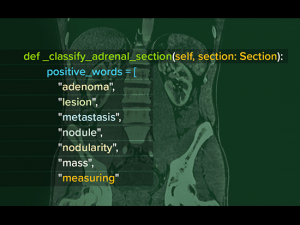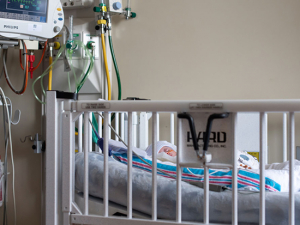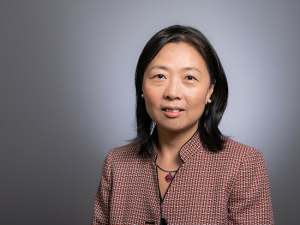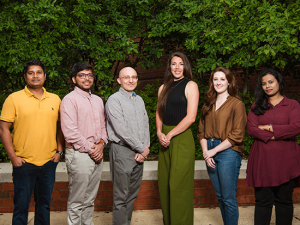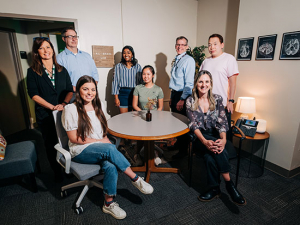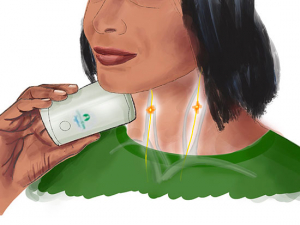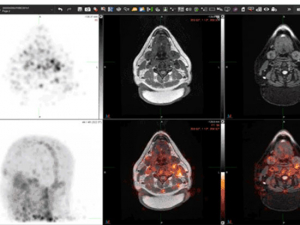In fiscal year 2019, UAB researchers received a record $602 million in grants and contracts, marking a second year of double-digit percentage growth in funding. That productivity has carried on unabated in 2020, and you can follow along. Every Tuesday, Research Administration releases a list of the grants and contracts awarded the previous week (BlazerID required).
In this series, we’re spotlighting new or re-funded projects to offer a window into the groundbreaking, lifesaving work done by our colleagues around campus.
This week, we’re taking a look at a project to expand access to treatment for opioid use disorder.
Project title: Strategic Plans to Combat Opioid Use Disorder in the State of Alabama
Principal investigator: Li Li, M.D., Ph.D., associate professor in the Department of Psychiatry and Behavioral Neurobiology; co-investigators: Erik Hess, M.D., Lauren Walter, M.D., Department of Emergency Medicine; Ellen Eaton, M.D., Division of Infectious Diseases
Funding: Two-year, $410,266, awarded by the Foundation for Opioid Response Efforts
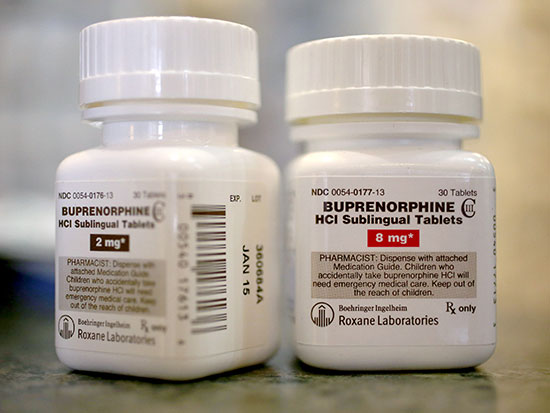 More than 2 million Americans are currently experiencing opioid use disorder, according to estimates from the NIH’s National Institute on Drug Abuse. But only 17.5% will receive specialty treatment. And each day, 130 Americans die from opioid overdoses.
More than 2 million Americans are currently experiencing opioid use disorder, according to estimates from the NIH’s National Institute on Drug Abuse. But only 17.5% will receive specialty treatment. And each day, 130 Americans die from opioid overdoses.
“Reasons for underutilization of treatment for opioid use disorder are likely due to multiple interconnected factors at the patient, provider and system levels,” said Li Li, M.D., Ph.D., an associate professor in the Department of Psychiatry and Behavioral Neurobiology.
For example, many providers are not aware that there are several effective, FDA-approved medications available to treat opioid use disorder, she said. (The medications are buprenorphine; injectable, extended-release naltrexone; and methadone, which must be dispensed as part of specialty treatment programs.) In a 2019 report, the National Academies of Sciences, Engineering and Medicine summarized systematic reviews and randomized controlled trials demonstrating that patients who are prescribed these medications are less likely to die from overdose and have better long-term outcomes. Yet a new paper in the Annals of Internal Medicine, by researchers at Johns Hopkins University and LSU, surveyed 336 primary care physicians nationwide and found that only 7.6% had prescribed buprenorphine and 4% had prescribed naltrexone.
“Other providers are not adequately trained to assess and treat patients with opioid use disorder,” Li said, “or they are not aware that opioid addiction is a chronic, relapsing brain disease, or they hold the belief that patients on medications are still addicted, so they may not want to be associated with treatment for opioid use disorder. Time constraints — and regulatory and insurance issues — may also create barriers. ”
| “By training physicians who are in teaching roles and academic institutions we will exponentially increase the number of providers skilled in the treatment of opioid use disorder.” |
A new grant program from the nonprofit Foundation for Opioid Response Efforts sought out innovative proposals to tackle the opioid epidemic in urban, rural, minority, tribal and low-income communities. Li’s project, one of just 19 funded from 443 organizations that applied, aims to “significantly fill in that gap in our daily practice,” she said.
The first goal is to develop a series of educational modules that can be integrated into the training of medical residents and fellows, including UAB trainees in the Cahaba Medical Care Family Medicine Residency. In 2018, UAB partnered with Cahaba Medical Care, a Federally Qualified Health Center with clinics in Jefferson, Bibb, Perry, Chilton, Dallas and Autauga counties, to train 12 new family medicine residents per year in a three-year program.
“By training physicians who are in teaching roles and academic institutions we will exponentially increase the number of providers skilled in the treatment of opioid use disorder,” Li said.
The second goal of Li’s grant is to expand access to treatment using telemedicine. “Recent advances in telehealth for addiction treatment are being implemented in rural and limited-resource settings,” she said. “By partnering with family medicine community clinics, like Cahaba Medical Care, and incorporating telehealth technology, we can expand the workforce of physicians who provide evidence-based addiction services and develop sustainable models to improve access to addiction and recovery services.” The collaboration will lay the groundwork for a sustainable opioid use disorder telemedicine clinic, she added.
“We are looking for any providers at UAB, including physicians and advanced practice providers, who are interested in medications for treating opioid use disorder,” Li said. “We can provide education and mentoring for them to develop their own skills and confidence to assess and treat patients with opioid addiction.”

